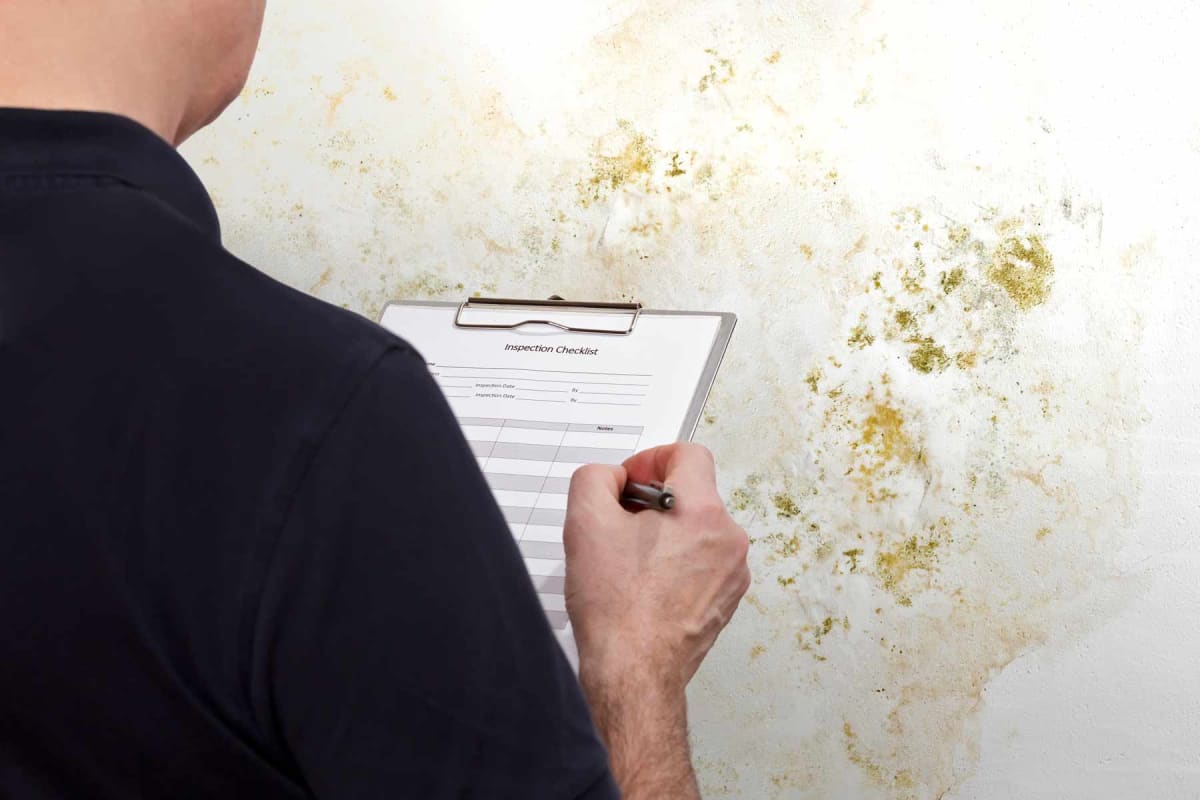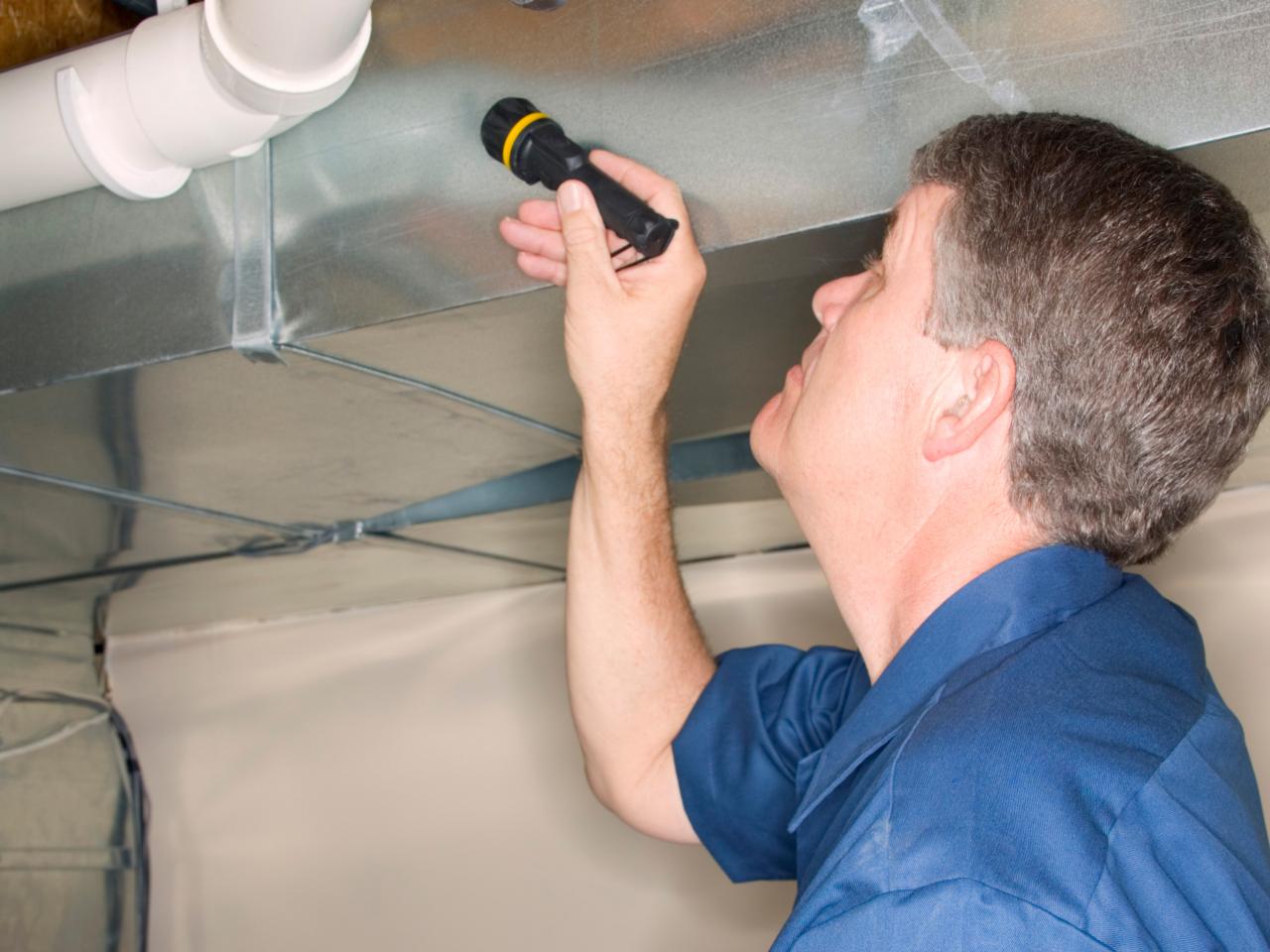Your Ultimate Overview to Message Mold Removal Strategies
Navigating the realm of post-mold removal techniques is a careful process that demands interest to detail and a thorough understanding of the details entailed. In the aftermath of mold infestation, understanding how to effectively remove the mold and mildew and stop its reoccurrence is critical for keeping a healthy interior atmosphere. From picking the best cleaning and decontaminating methods to executing approaches for lasting mold and mildew avoidance, each step in the removal trip plays a crucial duty in making certain a successful result. As we embark on this exploration of post-mold remediation strategies, we will reveal the crucial techniques and finest practices that can aid you restore your area to its pre-mold condition and guard it versus future mold hazards.
Recognizing Post-Mold Remediation Refine
After completing the mold and mildew remediation process, it is crucial to understand the post-mold removal strategies that are needed to make sure a effective and extensive cleanup. Once the mold has been removed, the following action entails cleaning and decontaminating the impacted areas to avoid any type of regrowth of mold. This includes utilizing specialized cleaning up agents to clean down surface areas and kill any staying mold and mildew spores. It is important to dry out the location totally to discourage the growth of mold and mildew in the future (After mold remediation). Appropriate air flow and dehumidification can help in this procedure.
In addition, conducting a last examination post-remediation is essential to make certain that all mold and mildew has been effectively removed. If the examination reveals any kind of lingering mold and mildew, added removal may be necessary.
Reliable Cleaning Up and Decontaminating Methods

Protecting Against Future Mold And Mildew Growth

Value of Correct Ventilation
Proper ventilation plays an important duty in preventing dampness buildup, an essential consider mold development within indoor settings. Efficient air flow systems help eliminate excess moisture from the air, reducing the opportunities of mold and mildew spores discovering the dampness they require to spread and sprout. Without ample ventilation, indoor rooms can come to be a reproduction ground for mold, resulting in possible health dangers and architectural damage.
By making sure proper air circulation, air flow systems can likewise assist in drying out wet areas faster after water damages or flooding occurrences, further deterring mold and mildew growth. Post Remediation verification. In rooms like bathrooms, kitchens, cellars, and attics where dampness levels often tend to be greater, setting up and maintaining effective ventilation systems is crucial in protecting against mold invasions

Tracking and Upkeep Tips
Offered the important role that appropriate ventilation plays in preventing mold and mildew development, it is imperative to develop efficient monitoring and maintenance tips to ensure the continued performance of ventilation systems. Normal evaluations of air flow systems should be conducted to check for any kind of indications of obstructions, leaks, or breakdowns that might impede appropriate air movement. Monitoring moisture levels within the residential or commercial property is also crucial, as high humidity can add to mold growth. Installing a hygrometer can assist track moisture degrees and sharp home owners to any spikes that might need focus. In addition, making sure that air filters are consistently cleaned up or changed is vital for maintaining the performance of the ventilation system. Implementing a routine for routine upkeep jobs, such as duct cleansing and cooling and heating system evaluations, can aid protect against problems before they escalate. By staying positive and conscientious to the condition of air this page flow systems, homeowner can effectively alleviate the risk of mold and mildew regrowth and preserve a healthy interior environment.
Final Thought
To conclude, post-mold removal strategies are vital for making sure a tidy and secure environment. Recognizing the process, executing reliable cleansing and sanitizing techniques, protecting against future mold development, maintaining correct air flow, and regular tracking are all vital actions in the removal process. By complying with these guidelines, you can efficiently get rid of mold and stop its return, promoting a healthy living or working area for all owners.
In the consequences of mold invasion, recognizing just how to efficiently eradicate the mold and prevent its reoccurrence is paramount for keeping a healthy indoor atmosphere. As soon as the mold has been removed, the following action includes cleaning and decontaminating the influenced areas to prevent any regrowth of mold and mildew - Post Remediation verification. After removing visible mold growth, it is crucial to clean all surfaces in the affected area to eliminate any remaining mold and mildew spores. To even more improve mold prevention steps, it is important to deal with underlying concerns that at first led to mold and mildew development.Offered the critical function that appropriate air flow plays in avoiding mold and mildew growth, it is imperative to establish reliable surveillance and maintenance tips to make sure the ongoing functionality of air flow systems